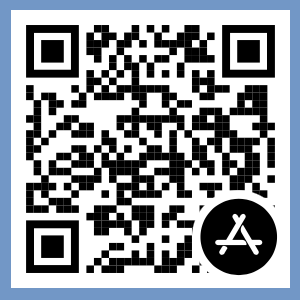What would you have done as PF or PM?
This report is taken from our US NASA ASRS [1]sister organisation’s CALLBACK publication Issue 529 (February 2024) and refers to an ERJ-175 flight crew who describe a confusing and convoluted sequence of events during an approach where CRM and SOP performance is questioned by both pilots. The 2 reports seem to offer differing perceptions of what was going on and who was doing what at certain points in the approach.
From the Captain’s report:
The flight was vectored to base for an RNAV approach while flying with full automation. The vectors brought us inside the fix that the FMS had been extended off of. I failed to direct the pilot monitoring (PM) to advance the FMS to a fix in front of us or to activate vectors. This caused the aircraft not to capture the final approach course, so I had to manually turn the aircraft back toward the final approach course. By the time we got back on course, we were significantly high, and the FMS still didn’t capture the course. I directed the PM to go gear down, flap 3, then flap full. I then mistimed my attempt to get on glideslope by dropping the nose too quickly after disengaging the autopilot, overspeeding the flaps. Unable to regain glideslope, I elected to discontinue prior to 1,000 feet. As I did so, I directed the PM to go flap 4 and cycle the FMS forward. I believe my direction to sequence the FMS at this point was a key error, since it distracted [the PM] from getting the flaps retracted quickly. When the PM struggled to sequence the FMS, I opted to hit Takeoff/Go-Around (TO/GA) [mode] and do a go-around instead of discontinue. I was hand-flying and did not pull the nose up quickly enough, so the aircraft rapidly accelerated to the point we almost oversped the flaps again. I overrode the autothrottle to slow the aircraft, and we immediately got an EGPWS warning, surprising us both. After a split second of shock, I climbed rapidly to honor the warning. We then stabilized, caught our breath, and were vectored back around for a landing.
From the FO’s report:
At around base, the pilot flying (PF) had me clean up the approach from a waypoint behind us. I suggested that we would not capture lateral guidance this way, but the PF said we would. We were cleared for the approach, but the aircraft did not capture lateral or vertical guidance.… No approach callouts were performed, because the course was never alive and [glidepath] was never alive. No missed approach altitude was set, due to the same reason.… I did not hear the missed approach callout, so I said, “Missed approach, flap 4,” and the PF said, “Positive rate, gear up.” I suggested he press TO/GA. I noticed that we were descending, and the flight director guidance was in its standard pitch up attitude for a go-around, so I suggested we pitch up. The PF did not pitch up, so I took the controls and pitched up, then handed controls back after we were established on a climb.… I called, “Autopilot on, autothrottle on,” because I noticed that those were not on, and it would increase situational awareness if those were on. I switched over to Approach, and they asked if we were climbing. I said we were, and they started vectoring us. At this point, the autopilot and autothrottles were on, and I continued monitoring the trajectory of the airplane. We were vectored on downwind. On base, the PF had me clean it up from a waypoint behind us. I suggested vectors to final.… We may have gone through final again, I do not recall precisely.… By 1,000 feet we were stabilized and cleared to land, so we continued and landed and taxied normally.
[1] As for CHIRP, ASRS collects voluntarily submitted aviation safety incident/situation reports from pilots, controllers, and others but on a much larger scale (ASRS currently receives 8-10,000 reports a month) and so, unlike CHIRP, they have limited scope to engage with the organisations concerned to gain their perspective when identifying system deficiencies and issuing alerting messages to persons in a position to correct them. ASRS educates through its newsletter CALLBACK, its journal ASRS Directline, and through its research studies. Its database is a public repository which serves the needs of FAA, NASA and other organizations world-wide that are engaged in research and the promotion of safe flight.









A review focused on regulation was carried out. This review has been completed, understanding that any observations and evidence is from a sampled snapshot at the time of the review. The content of the CHIRP report was used in preparation for an audit and oversight was carried out with this in mind – any issues raised can only be raised against the regulation. Ongoing oversight will be carried out as required and the content of the report will continue to be used as intelligence for future activity. Thank you for your support, whilst this review is now closed, issues raised within areas of the regulation continue to be monitored and reviewed during ongoing oversight.